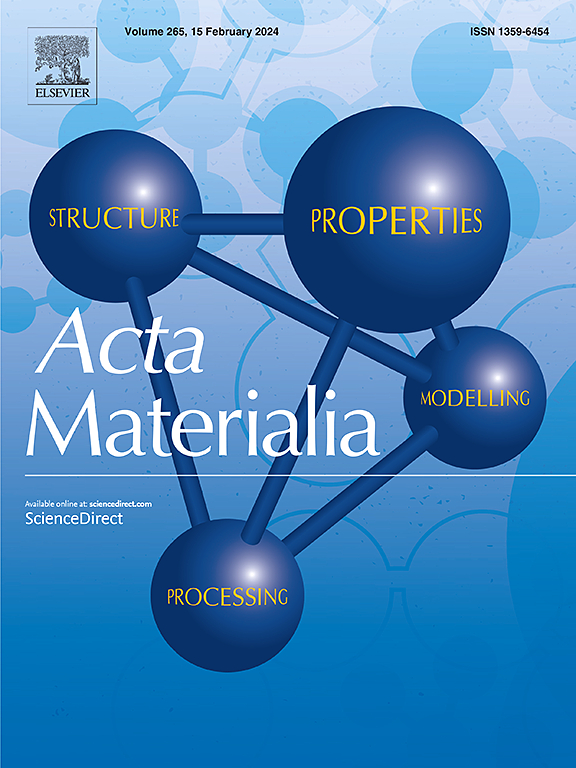Glass-like thermal conduction in crystalline Mg2Sn-based high-entropy materials
IF 8.3
1区 材料科学
Q1 MATERIALS SCIENCE, MULTIDISCIPLINARY
引用次数: 0
Abstract
Understanding and engineering thermal transport in complex structures is essential for the development of materials with ultralow lattice thermal conductivity. In this study, we examine the unusual thermal transport behavior of Mg2Sn-based high-entropy materials, using a combination of pair distribution function (PDF) analysis, first-principles calculations, and theoretical modeling. Our findings demonstrate that the crystalline high-entropy materials exhibit glass-like thermal transports, characterized by an exceptionally low lattice thermal conductivity that increases monotonically with increasing temperature across the entire measured range, devoid of the characteristic peaks typical of crystalline materials. This unique behavior is attributed to the large atomic displacement parameter (ADP) of Mg atoms, which causes the Einstein oscillators to significantly reduce lattice thermal conductivity, complemented by the strong scattering of phonons by the nanoscale chemical fluctuations and a dense concentration of point defects within the high-entropy structure. These insights deepen our understanding of thermal transport in complex-structured materials, such as Mg2Sn-related compounds, and offer a foundation for designing new materials with tailored thermal conductivities for advanced thermal management and thermoelectric applications.

求助全文
约1分钟内获得全文
求助全文
来源期刊

Acta Materialia
工程技术-材料科学:综合
CiteScore
16.10
自引率
8.50%
发文量
801
审稿时长
53 days
期刊介绍:
Acta Materialia serves as a platform for publishing full-length, original papers and commissioned overviews that contribute to a profound understanding of the correlation between the processing, structure, and properties of inorganic materials. The journal seeks papers with high impact potential or those that significantly propel the field forward. The scope includes the atomic and molecular arrangements, chemical and electronic structures, and microstructure of materials, focusing on their mechanical or functional behavior across all length scales, including nanostructures.
 求助内容:
求助内容: 应助结果提醒方式:
应助结果提醒方式:


